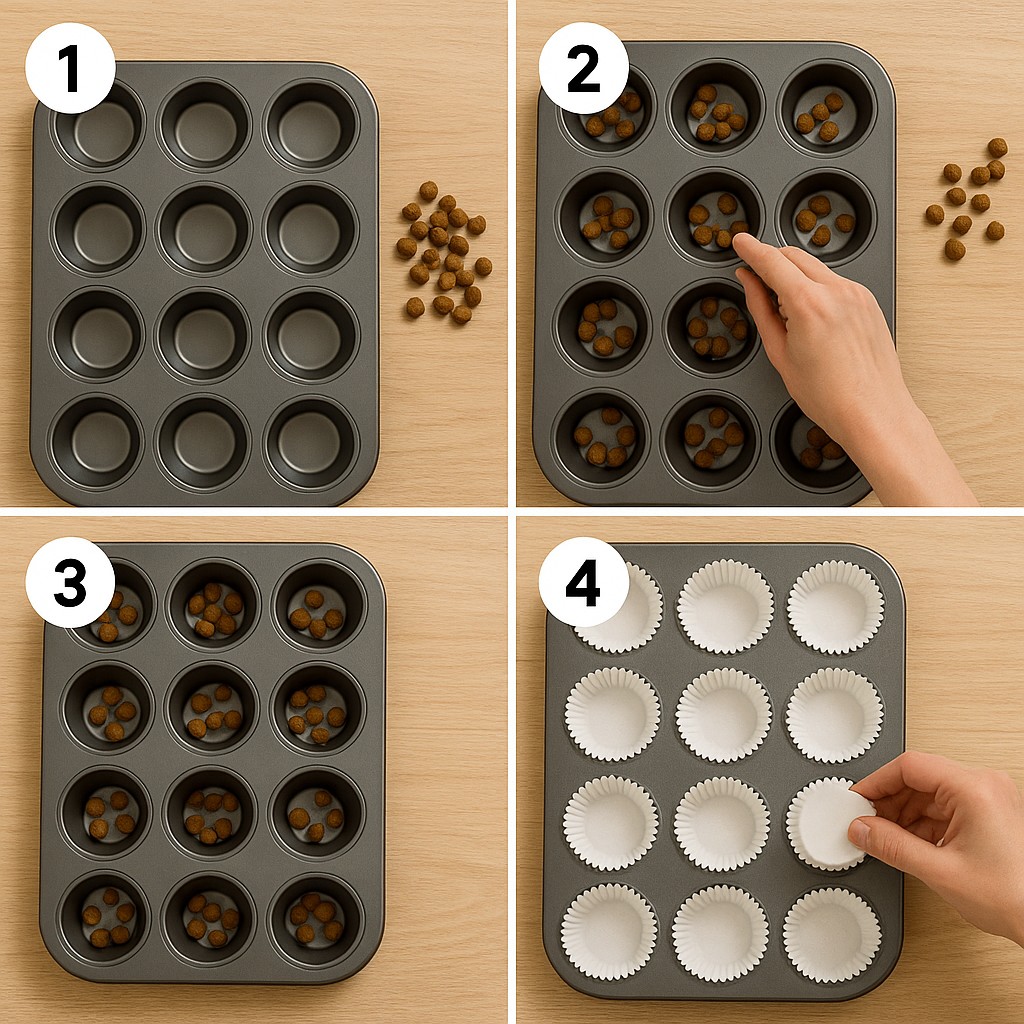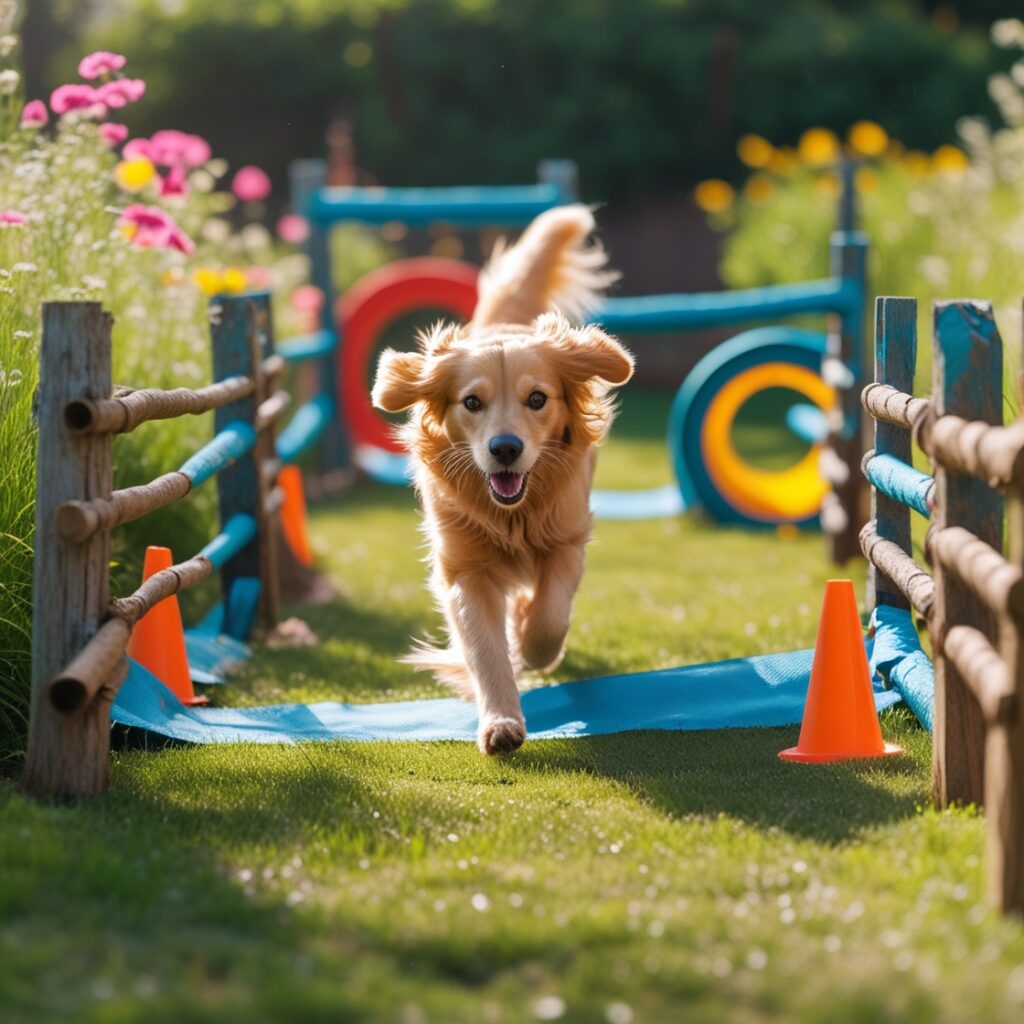Pets are intelligent, social creatures who need more than just food and water to thrive. Like humans, they can become bored, especially when left alone or stuck in repetitive routines. When boredom strikes, pets may act out—chewing furniture, excessive barking, or becoming lethargic. But the good news is that simple, daily enrichment activities can make a world of difference.
In this guide, we’ll explore a variety of lifestyle enrichment ideas to help prevent pet boredom and create a more fulfilling, happy life for your furry friends. Whether you’re a new pet owner or a seasoned animal lover, these ideas are easy to implement and tailored to different pet personalities and energy levels.
Why Pet Enrichment Matters

Pet enrichment is the process of enhancing your pet’s environment and lifestyle to stimulate their natural instincts. It improves both physical health and emotional well-being. Boredom can lead to destructive behavior, anxiety, obesity, and even depression in pets. Enrichment fills your pet’s day with fun, purpose, and challenges that keep them mentally alert and emotionally satisfied.
Benefits of enrichment include:
- Reduced anxiety and destructive behavior
- Improved social skills
- Enhanced physical health
- Stronger bonds between pet and owner
Common Signs of a Bored Pet
Not sure if your pet is bored? Here are some telltale signs:
- Destructive behavior (chewing, digging, scratching furniture)
- Excessive barking or meowing
- Overeating or loss of appetite
- Restlessness or pacing
- Lethargy or excessive sleeping
- Attention-seeking behavior
If your pet exhibits any of these, it’s likely time to change up their routine and introduce enrichment activities.
Lifestyle Enrichment Ideas Your Pet Will Love
1. Interactive Toys & Puzzles
Toys that challenge your pet’s brain can significantly reduce boredom. Try:

- Puzzle feeders: These make pets “work” for their food, providing mental stimulation.
- Treat-dispensing balls: Encourage problem-solving.
- Interactive plush toys: Great for pets that love tugging and tearing.
💡Rotate toys weekly to maintain novelty.
2. DIY Pet Enrichment Ideas
You don’t need to break the bank to enrich your pet’s life. Some of the best enrichment tools are homemade:

- Muffin tin puzzle: Place treats in muffin cups and cover with tennis balls.
- Snuffle mats: Hide treats in fabric layers to stimulate foraging.
- Cardboard box challenge: Fill a box with crumpled paper and hidden treats.
These activities tap into natural hunting, digging, and sniffing behaviors.
3. Physical Exercise Beyond Walks
While daily walks are essential, they often aren’t enough. Pets crave variety.
- Agility courses: Use cushions, boxes, and poles to create indoor or backyard obstacle courses.
- Fetch with a twist: Toss toys in different directions to keep your pet guessing.
- Tug-of-war: Engages both body and brain.

Cats also benefit from interactive laser play, wand toys, and climbing structures.
4. Scent-Based Activities
Scent work is especially beneficial for dogs, but cats enjoy it too.
- Scent trails: Drag treats across the floor for your pet to follow.
- New scents: Let your pet smell herbs, safe essential oils, or other animals (like a friend’s pet bedding).
- Hide and seek: Hide yourself or a toy and let your pet find it using their nose.
This taps into their natural sniffing and tracking instincts.
5. Change of Scenery
Just like us, pets can get bored in the same environment.
- Backyard picnics: Let your pet enjoy the outdoors in a new way.
- Pet-safe patio visits: Visit pet-friendly cafés or restaurants.
- New walking routes: Alternate walking paths to keep things exciting.
Even rearranging furniture can spark curiosity in indoor pets.
6. Social Enrichment
Some pets are highly social and crave interaction.
- Pet playdates: Dogs, in particular, benefit from socializing with others.
- Dog parks or meetups: Let your pet play off-leash in a safe, enclosed space.
- Training classes: Not just for discipline—training stimulates the brain and enhances communication between you and your pet.
Cats might prefer one-on-one time or bonding through play and grooming.
7. Sensory Enrichment
Create a multisensory environment for your pet.

- Textures: Add rugs, scratching posts, or pet tunnels.
- Sounds: Play soothing music, nature sounds, or even pet-focused radio stations.
- Visuals: A perch near a window or pet TV can keep cats entertained for hours.
8. Food-Based Enrichment
Feeding time can be fun and mentally stimulating.
- Slow feeders: Prevent gulping and engage pets longer.
- Frozen treats: Freeze yogurt, broth, or wet food in silicone molds for warm days.
- Scavenger hunts: Hide kibble or treats around the house.
Bonus: This can help reduce begging behavior.
9. Training & Trick Challenges
Training isn’t just for puppies or dogs with behavior problems.
- Teach fun tricks like shake, spin, or crawl.
- Use clicker training for precise timing and reward association.
- Train your cat to respond to basic commands with treats and patience.
Training stimulates focus and builds confidence.
10. Routine & Variety Balance
While pets benefit from structure, variety keeps things exciting.
- Set a daily routine with time for feeding, play, rest, and walks.
- Introduce one new activity each week.
- Rotate toys and play spaces monthly.
This ensures ongoing engagement without overwhelming your pet.
Bonus Tip: Build a Sensory Garden
If you have outdoor space, a small sensory garden can work wonders.
- Include herbs like lavender and rosemary (safe and aromatic).
- Add textured paths—grass, stones, mulch.
- Set up shaded spots, water features, and dig pits.
It becomes a mini adventure zone your pet can enjoy every day.
Conclusion
Your pet deserves a life full of joy, excitement, and purpose. With a little creativity and consistency, you can enrich their days and eliminate boredom-driven behaviors. The key is balance—routine mixed with variety, physical play matched with mental challenges.
By making enrichment part of your lifestyle, you’re not just entertaining your pet—you’re investing in their long-term happiness and health.



